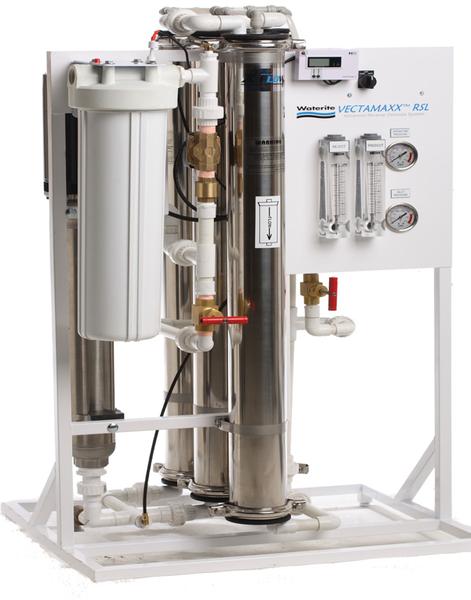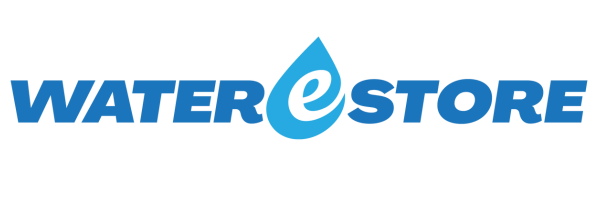
Planning a
Commercial or Whole House Reverse Osmosis System Installation
You’ve already done some research and decided you need a commercial/whole home reverse osmosis water treatment system. If you haven’t watched my previous video on How Does a Commercial Whole House Reverse Osmosis System work, I suggest you watch it now. The specifications of the Reverse Osmosis system you’re considering will outline the pre treatment requirements as well as provide lots of additional information you will need when planning the installation, including pre treatment requirements, flow rate in and out of the system, power requirements, waste water specifications, etc. For example, check out these pre treatment requirements for this Vectamaxx 4800….
TDS: less than 2000 TDS
HARDNESS: less than 6 gpg (103 mg/l)
TOTAL IRON: less than .05 ppm
TANNIN: less than .5 ppm
CHLORINE: less than .1 ppm
pH: 5.5 – 9.5
ORGANIC/MICROBIOLOGICAL ACTIVITY: 0
MANGANESE: less than.05 ppm
HYDROGEN SULPHIDE: 0
TURBIDITY: SDI less than 5.0
FEED WATER REQUIREMENTS:
RSL4800: 8.8 USGPM minimum includes 10% safety factor
The first step is getting a complete water analysis showing the chemistry, including the minerals, in your water. This is needed because we need to know what degree of Pre Treatment will be required to make the system work initially and keep on working economically for years to come.
The next step is to consider the physical space required as well as your access to bring in the necessary equipment into your home, industrial space or farm. We are talking about pre treatment equipment, storage tanks and re pressurization systems. Storage tanks will need to be sized based on the amount of RO water you’ll need to have on hand at any one time and over what time frame. Check out my video How to Size a Commercial or Whole House Reverse Osmosis System
Flow and pressure capacity in and out also becomes’ important, as the RO will require feed water at a minimum pressure and flow rate to operate and if that is not readily available you will need to either boost the pressure or increase the size of pump to boost the flow. The amount of flow and pressure at output is important based on how you plan to use the water. More than likely you will need to store the treated water in tanks and re pressurize the water after the tank(s) to maintain adequate flow. Waste water is a great concern especially if you are on a septic system. Waste water can be as much as 2 x the product water so most residential septic systems would not be able to handle this flow so you may need to install a dry well to get rid of the waste water.
A UV(ultraviolet) system should be added to maintain the disinfection of the treated water. At a minimum, the tanks need to be sanitized at start up and have chlorine (household bleach) added periodically to maintain disinfection.
Power will also need to be considered as typically these systems operate on 220 volt for the pump within the system, a booster pump if needed and if you incorporate a re pressurization system.
Ongoing maintenance will consist of maintaining the pre treatment equipment like salt for the water softener, Ultraviolet system filters and lamps and filter changes. Check out this video of mine about How to Maintain a Commercial Whole House Reverse Osmosis system.
Check out the complete playlist here https://www.youtube.com/playlist?list=PLmnBltD77jBUUVlBSGEM-WmGgGAPC8-Au
